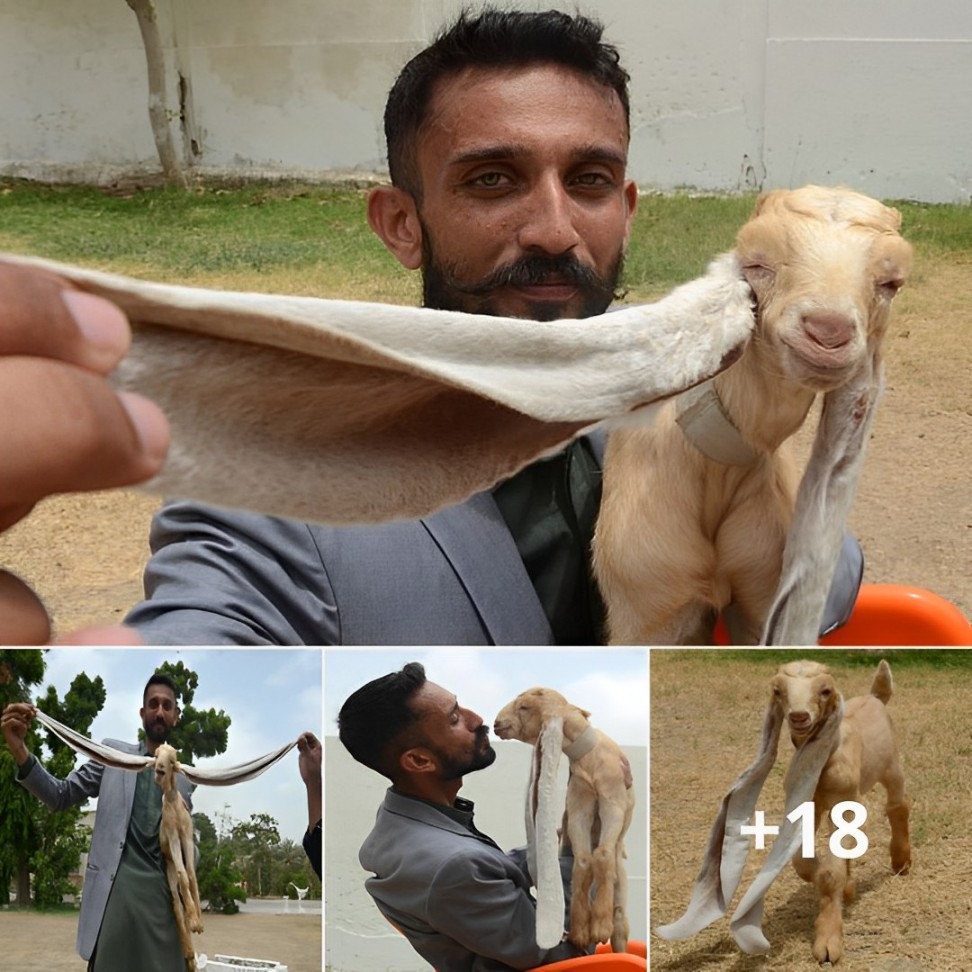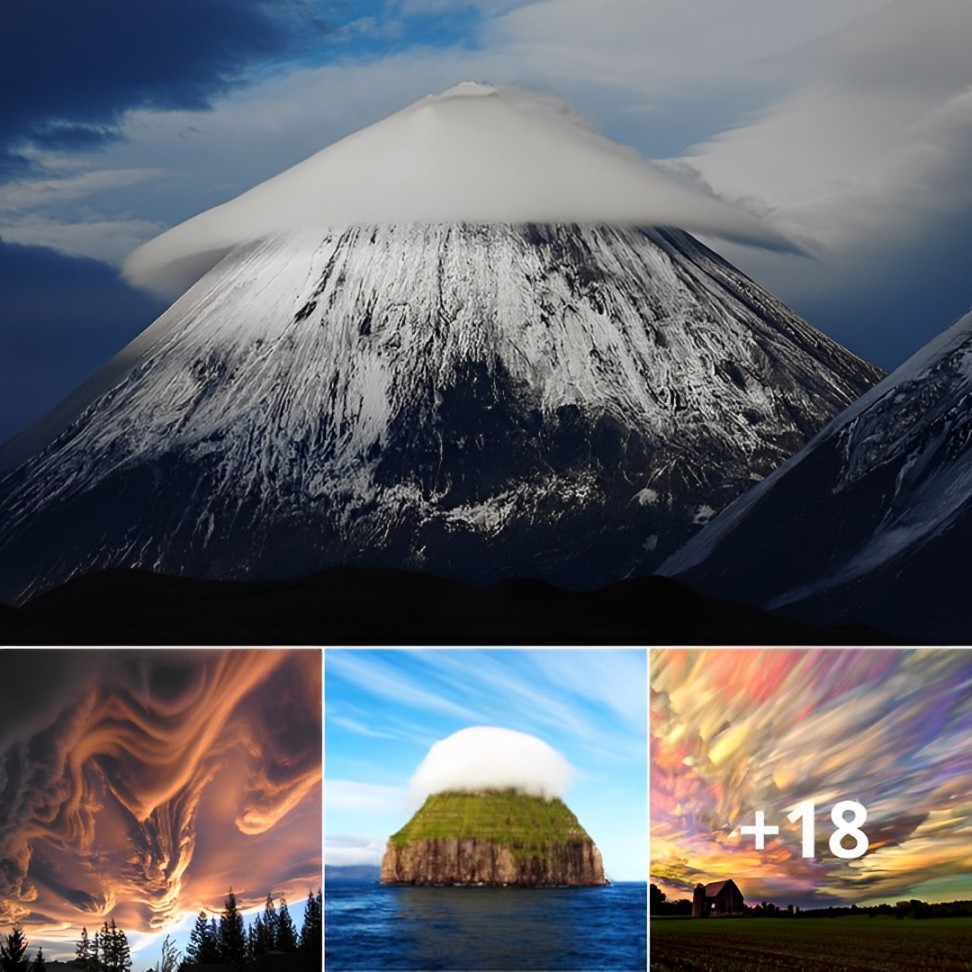With about 14,000 described mushrooms currently inhabiting dank forest floors, decaying tree trunks, and dung piles, there are bound to be some strange-looking varieties. Some depart entirely from the toadstool silhouette—the stereotypical rounded-cap-atop-a-stem set—with lengthy hairlike spines, fanning shell shapes, flower-esque pedals, and lattice designs. Others that lack uniqueness in shape are fantastic in their royal blue, indigo, and even bioluminescent colors.

Many of the most bizarre mushrooms on the planet are extremely elusive. Here’s something you probably didn’t know: fungi are the unsung heroes of tree and plant care. One specific type of fungus, the Mycorrhizal fungus, (say that three times fast!) forms an essential symbiotic relationship with plant roots. Mycorrhizal fungi help tree and shrub roots find water and nutrients. In return, the roots give the fungi carbon, carbohydrates, and other nutrients. Want to learn more about fungi? Here are 16 of our favorite fungi facts.

The Bearded Tooth Mushroom (Hericium erinaceus): The bearded tooth mushroom looks like a mop and apparently tastes like lobster. Known as the bearded tooth mushroom or the lion’s mane, the Hericium erinaceus is an edible, medicinal mushroom that belongs to the tooth fungus group, which are mushrooms that feature teeth-like ridges on the underside of their caps. Spores are also produced in the teeth before being released for reproduction. Interestingly, these ridges always grow perpendicular to the Earth.

Indigo Milk Cap (Lactarius indigo): The Lactarius indigo mushroom gets its name “Indigo Milk” from the blue milky liquid it exudes when cut with a knife. This bizarre mushroom grows in North and Central America and is usually characterized by its silvery-blue coloring. Although, as this bizarre mushroom ages, its coloring changes to a grayer, greenish-blue. Indigo Milk Caps grow either scattered or in groups, on soil or oakwood or pine. They’re most commonly found from July through October, and like many other fungi on this list, they have a symbiotic relationship with the trees from which they often sprout. Their preferred trees tend to be oak or pine. Because of this bizarre mushroom’s vibrant pigments, it’s also been known to be used as a dye for textiles.

Veiled Lady (Phallus indusiatus): While the dramatic lacy skirt of the veiled lady mushroom is what initially attracts the eye, this sophisticated fungus actually uses its cap to draw attention, too. It is coated in a greenish-brown slime that contains spores—and that same slime attracts flies and insects that help disperse the spores. The delicate Phallus indusiatus can be found in gardens and woodlands in southern Asia, Africa, the Americas, and Australia.

Dung Cannon (Pilobus crystallinus): The name of the Dung Cannon mushroom is a fairly straightforward, albeit weird, one. First, these strange mushrooms mainly originate in — and love to grow on — animal feces. Straightforward enough, sure. But here’s where it gets interesting: this fungus is actually the fastest living thing on the planet. Just like a true cannon, this fungus launches spores faster than a bullet from a gun. The action is invisible to the naked eye, but the travel rate for a Dung Cannon spore is about 82 feet per second, though each ejaculation usually only travels about six feet. In terms of g-force, that’s over 180,000 g’s. For reference, normal humans can withstand no more than 9 g’s at a time — and only for a few seconds. As a result, they are often eaten by grazing animals and pass through their digestive tracts, starting their growth cycle over again but inside the animal feces this time.

Xylaria Polymorpha Mushroom (Dead Man’s Finger): The Dead Man’s Finger is an ascomycetous fungus (producesspores in sac-like cells called ascus), and goes through a few costume changes from spring through late fall and early winter. Individual “fingers,” or club-shaped structures, are commonly found in groups of at least three to six and emerge in the spring. Initially, these fingers, or communal fruiting bodies that are also called stroma, are just a few inches long, white to dark grayish in color and the conidiaspores concentrate at the “fingertips” during this a𝑠e𝑥ual reproductive stage. The conidia are blown or washed away as the mushrooms mature. (The Xylaria Polymorpha Mushroom that Mike discovered ( Image: Kennedy News/@northwalesmushrooms)

Devil’s Fingers (Clathrus archeri): Among the most bizarre mushrooms, Devil’s Fingers certainly ranks high. This is a fungus that begs to be noticed and not just because of its vibrancy but also because of its putrid stink. Indeed, meet the Devil’s Fingers, a menacing name for a fungus that smells of rotting meat. The red, starfish-like “fingers” that adorn this weird mushroom commonly number from four to eight and burst forth from a small, light-colored ball of mushroom flesh commonly compared to an egg.

The grotesque-looking fingers are coated in a smelly slime that attracts insects that land on the mushrooms and then spread the weird mushroom’s spores when they fly off again. It seems that Devil’s Fingers are quite good at reproducing as they reached the United Kingdom by way of Australian weapons. Indeed, though Devil’s Fingers were first recorded in Britain, it is believed that they originated in Australia or New Zealand and reached Europe by way of some spores that might have clung to munitions in transit. In Australia, the bizarre fungus is called Octopus Stinkhorn, and in parts of the United States, it is commonly called Octopus Fungus.

Brain Mushroom (Gyromitra esculenta): Also called a false morel, brain mushrooms grow caps that resemble the shape of a brain and its sulci. Though most concentrated in Britain and Ireland, the obscurely shaped toadstool can also be found throughout Europe and North America. It’s especially partial to growing in the coniferous woodlands of mountainous regions. They can sometimes be mistaken for true morels (hence the nickname) because they share the trait of irregular lobes. However, the impersonator has more lobes and none of the true morel’s signature craterlike pits.

Rounded Earthstar (Geastrum saccatum): Though these mushrooms are quite common, they are bizarre-looking due to their uncanny resemblance to the classic peanut butter blossom cookie. However, unlike the delicious baked goods, the Rounded Earthstar is bitter and largely inedible. Geastrum saccatum,, as it is known in the scientific community, is found globally, growing on rotten wood. In Brazil, its common name translates to “star of the land” for its distinctive star-like cap and skirt. The base arms of this mushroom often crack as they bend back to expose the hole that releases the spores. The rest of the body gradually turns a dark brown in color as the spores, which are rounded and have warts, mature.

Black Witches’ Butter (Exidia glandulosa): Black Witches’ Butter. Jean-Baptiste Francois Bulliard, a French naturalist, first recorded this strange fungus in 1789. Named as such for its color and greasy consistency in wet weather, Black Witches’ Butter appears on dead hardwood during the autumn and winter seasons. Alternately, in hot and dry weather, these mushrooms appear more greenish-brown and crusty.

Also known as Black Jelly Roll, this strange mushroom might have magical powers. Growing singly or in clusters on dead trees — typically oak, hazel, or beech — this bizarre mushroom appears gelatinous in its consistency. It appears to melt in wetter weather and hardens when dry, meaning it is a hardy grower most everywhere on the globe, though particularly in North America and Europe. Also known as Black Jelly Roll or Warty Jelly Fungus for its appearance, another possible origin for its witchier name may be in its supposed power in counteracting witchcraft if thrown into a fire.

Basket Fungi (Ileodictyon cibarium): Also called “stink cage,” these hollow, structural mushrooms known as basket fungi are a hardy sort. Known as Basket Fungi for their concave shapes, these mushrooms grow in woody debris, cultivated soil, or even lawns. Found in Australia, New Zealand, South Africa, and Chile, this fungus was known to ancestors of the Maori, the indigenous people of New Zealand, by over 35 different names —one of them being “ghost droppings.” Like many other strange fungi, the stink cage has a smelly, slimy layer that attracts flies who then spread their spores. When they’re young, these bizarre mushrooms start out in an egg-shaped body that is usually white or grayish in color.

The Devil’s Cigar (Chorioactis geaster): The body of this extremely rare mushroom looks like a fuzzy brown or black cigar at first. But when this bizarre fungus reaches maturity, it peels itself back like a banana — or as if it were a “blossoming flower of death.” When it peels back, the strange fungus forms a star-like shape of four to seven rays. Inside the body, its spore-bearing tissue is anywhere from white to brown, depending on its age. When it opens, a distinct hissing sound can be heard — along with a smoky cloud of spores. This extremely rare mushroom has a very odd distribution; you can find it only in Texas, Oklahoma, and Japan. So far, scientists can’t say for sure what these different but specific locales have in common to host this fungus.

Latticed Stinkhorn (Clathrus ruber): The latticed stinkhorn, or basket stinkhorn, is called so because of its spongelike exterior, resembling a red cage. Its appearance is only half of what makes the mushroom exceedingly strange, though: It also has a foul smell, hence the “stink” in its name. These redhea
ded mushrooms can be found growing in leaf litter, on grassy places, on garden soil, or in mulches in hot places, such as the Mediterranean and coastal North America.

Amethyst Deceiver (Laccaria amethystina): Its vivid purple hue makes the amethyst deceiver decidedly strange. Like the bleeding tooth, these colorful anomalies lose their defining quality with age. As they grow older, they fade in color and wither—hence the name “deceiver”—but they’re splendidly bright and easy to spot in the deciduous and coniferous forests of temperate zones in North America, Central and South America, Europe, and Asia when they’re fresh.

The Bizarre Mushroom That Looks Like A Bleeding Tooth (Hydnellum pecki): The Bleeding Tooth is undoubtedly a bizarre mushroom species, and its appearance is also pretty unsettling. Found in various parts of the world and not to be eaten, the body of a young Bleeding Tooth mushroom “bleeds” a pigment that contains anticoagulant properties, like blood thinners. Older specimens are brownish colored. The gooey red liquid that bleeds out of this weird mushroom is actually a sap of sorts. It’s made by a process called guttation, during which the soil surrounding the fungi becomes very wet and is able to force water into the roots of the mushroom through osmosis. This creates enough pressure within the mushroom that the liquid is squeezed out of it.

Turkey Tail (Trametes versicolor): Named after the fanning derriere of a certain famous North American ground bird, the turkey tail is even more ornamental than its namesake. Its colors—sometimes rust-brown, grey, or black—vary based on its age and location. Occasionally, you’ll even encounter turkey tails with beautiful green featured within their copper-tinted rings, creating a rainbow of color on clam shell-shaped mushrooms.





